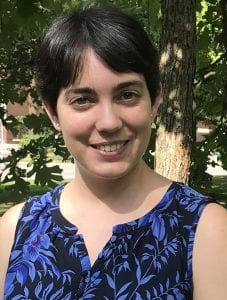
Chemistry and Biochemistry Department
Upcoming Thesis Defense
Eoghan Gormley
Hendon Lab
Wednesday, August 14, 2024
10:00 AM in 110 Willamette Hall
and via ZOOM
contact Chemistry and Biochemistry office for Zoom link
The title of his thesis is “Simulation of Defects in Molecular Materials using ab initio Methods”

 Department of Chemistry and Biochemistry
Department of Chemistry and Biochemistry UO Chemistry and Biochemistry faculty Darren Johnson is among 11 accomplished researchers selected to receive
UO Chemistry and Biochemistry faculty Darren Johnson is among 11 accomplished researchers selected to receive  In July, the
In July, the  Department of Chemistry and Biochemistry
Department of Chemistry and Biochemistry Department of Chemistry and Biochemistry
Department of Chemistry and Biochemistry

 Chemistry and Biochemistry Department
Chemistry and Biochemistry Department